Positioned on the Baltic Sea between Lithuania and Estonia, Latvia is an impressive mix of art nouveau architecture and pristine nature.
The northeastern European destination is known as the “Land of Blue Lakes” thanks to its 12,000 or so rivers and 3,000 small lakes.
But while Riga is popular with tourists, very few travel outside the capital city to discover the many treasures this little country, covering an area of just 64,589 square kilometers, has to offer.
From the forest trails of Sigulda, to the magical Rundāle Palace and the white sand beaches of Liepāja, here are 11 of the most beautiful places to visit in Latvia.
Riga

There are many layers to Latvia’s UNESCO-protected capital.
Riga’s remarkable Old Town captivates with its skyscraper-sized church spires and rows of colorful houses.
Taking the elevator to the top of St. Peter’s Church for 360-degree views of the city, is an absolute must, along with a visit to the gothic House of the Blackheads and the Riga Cathedral.
One of Riga’s most significant landmarks is the Freedom Monument, built in honor of the soldiers killed during the Latvian War of Independence. Standing at a height of 42 meters, it’s located by the entrance to the Old Town.
The giant Stalinist Latvian Academy of Sciences skyscraper, a nod to the city’s Soviet heritage, is another highlight. But it’s the art nouveau architecture that really sets Riga apart.
There are over 800 buildings here, more than any other city in Europe, and the intricate floral patterns, whimsical lines, allegorical motifs and distinct national patterns are a truly impressive sight.
The majority of Riga’s art nouveau buildings are located in Centrs district.
For those looking for an authentic Riga nightlife experience, Folkklubs Ala Pagrabs, a pub, restaurant, and underground concert hall rolled into one, is the place to be. The venue, which offers mouthwatering Latvian fares and beers, attracts a diverse mix of revelers, including students and tourists.
Folkklubs Ala Pagrabs, Peldu iela 19, LV-1050, Riga, Latvia; +371 27 796 914
Jūrmala
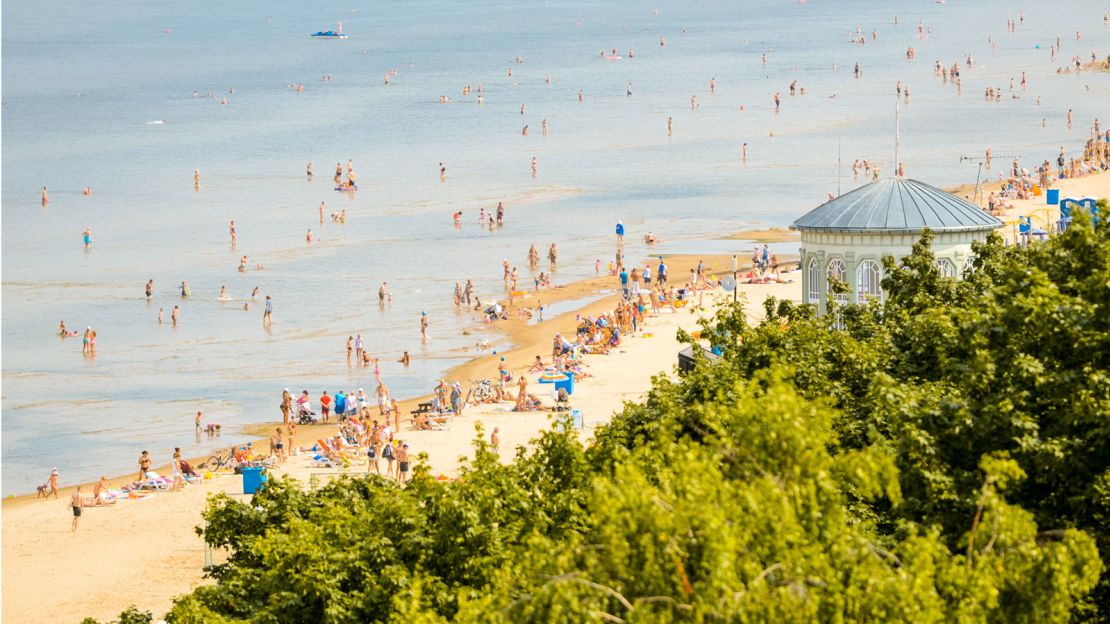
A favored spa destination since the late 18th century, admirers of Jūrmala have included the likes of Communist officials Leonid Brezhnev and Nikita Khrushchev.
Filled with beautiful art nouveau villas, white sand beaches, ancient pine trees and stand out eateries, it’s not hard to understand this resort town’s enduring appeal.
Nearby Ķemeri National Park could easily be mistaken for the Dead Marshes in J. R. R. Tolkien’s “Lord of the Rings” universe due to its fantastical landscape.
One of the most intriguing natural sights in Latvia, the wildlife reserve is made up of swamps, lakes and forests. The Great Ķemeri Bog, a huge dry moss swamp, is a highlight due to its photogenic wooden board walk.
Top restaurant 36. Line, run by chef and restaurateur Lauris Aleksejevs, is among Jūrmala’s finest restaurants, offering a modern twist on traditional Latvian dishes.
36.Line, 36. līnija, Jūrmala, LV-2110, Latvia; +371 22 010 696
Sigulda
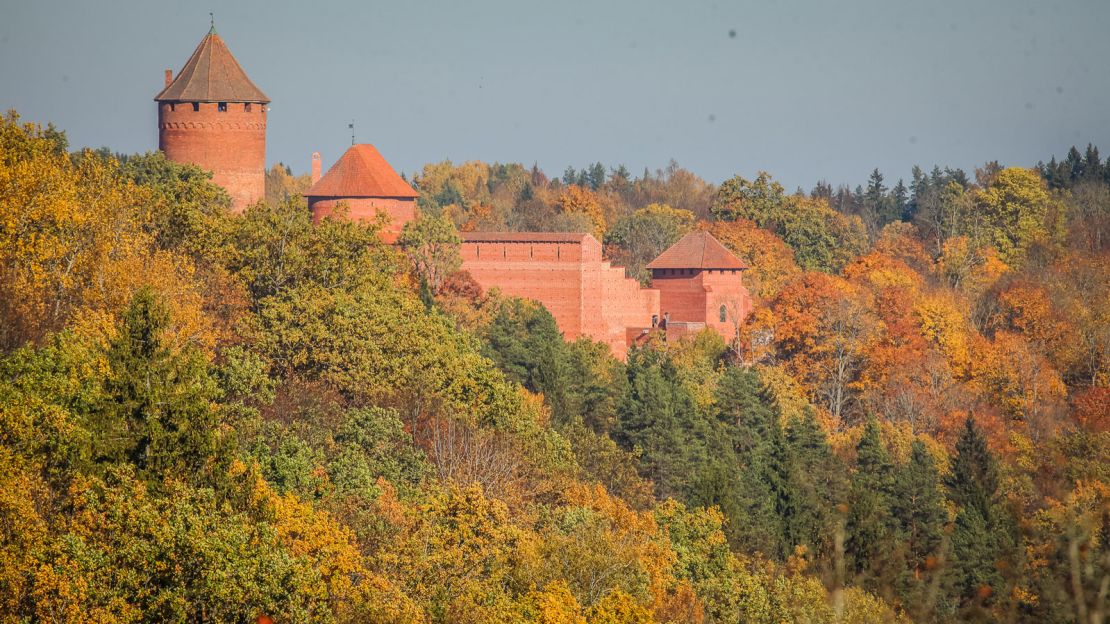
Featuring enchanting river panoramas, remote forest trails, mysterious caves and ancient castles, Sigulda is a wonderfully magical destination. Located on the edge of Gauja National Park, it’s known as “the Switzerland of Vidzeme” thanks to its mountains and steep cliffs.
While there are plenty of stand out sights to see, Sigulda’s three ancient castles are usually at the top of travelers’ must see lists.
Turaida Castle, a dramatic ochre-colored medieval fortress, is probably the most beautiful. Gutman’s Cave, the widest and highest cave in the Baltic countries, is situated nearby.
The Neo-Gothic Sigulda Castle, also known as Sigulda New Castle, was built in the 19th century by Russian prince Dimitri Kropotkin.
There’s also the romantic 13th century Livonian castle ruins, known as the Castle of the Livonian Order.
In July, music lovers flock to the city for the annual Sigulda Opera Music Festival, held on the open-air stage in the castle ruins.
Travelers can rent an e-bike and explore the many things Sigulda has to offer. There’s also a cable car ride, which provides fantastic views of Gauja National Park.
For those looking for even more adventure, Aerodium, located just outside Sigulda, has a rather thrilling vertical wind tunnel. Here visitors can experience the sensations of flying without actually leaving the ground.
Sigulda zipline Zērglis, 14, Jāņa Poruka iela Street, Sigulda, LV-2150, Latvia; +371 283 833 33
Aerodium Sigulda, Rīgas - Vidzemes šosejas 47. km, Sigulda, LV-2150, Latvia; +371 28 384 400
Kuldīga
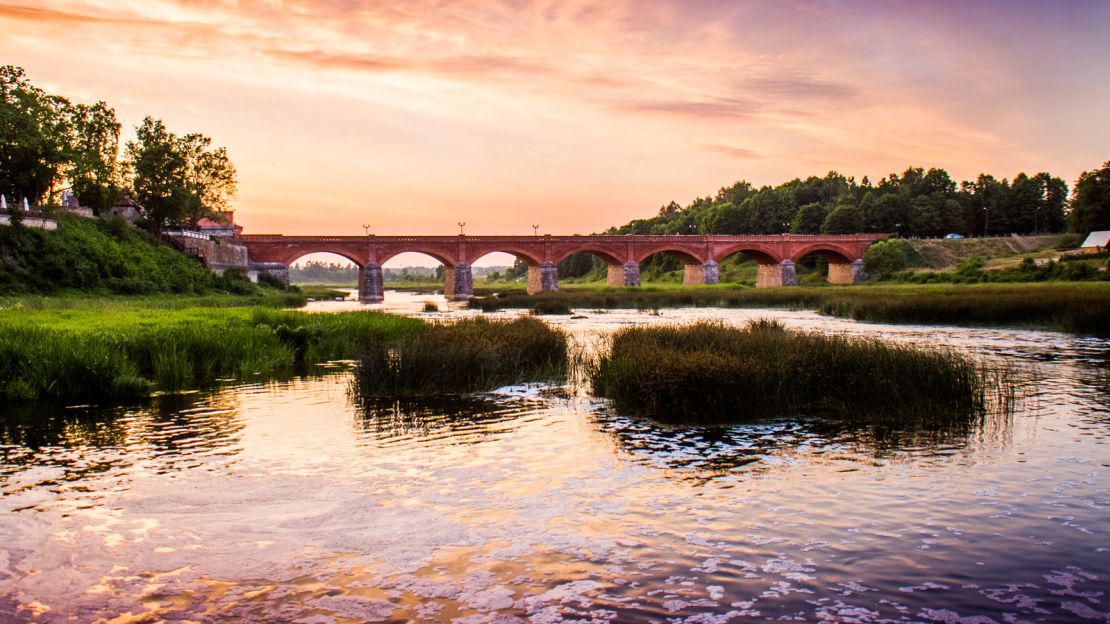
Few Latvian destinations can compete with Kuldīga when it comes to charm and beauty. Long admired by artists and poets, this picturesque town is known as the “Venice of Latvia” due to the river flowing along many of its buildings – mainly old wooden houses.
Situated in the Kurzeme region, Kuldiga is also home to the Venta Rapid, the widest waterfall in Europe as well as a historic red brick bridge, built in 1874.
There are flowers everywhere here, with baskets hanging proudly on doors windows and pathways.
The town also has plenty of cozy restaurants, wine bars and coffee shops, where visitors can relax soak up the atmosphere.
Residence Kafe Venta has the best views and arguably the finest coffee in Kuldīga. Set next to the famous bridge and Venta Rapid, it features a coffee shop, a wine bar and a gallery, providing an artistic joie de vivre experience with unparalleled vistas.
Recreation and fishing site Polīši is ideal for those whose dream holiday location is a wooden lake house in the countryside. Based just a few kilometers outside Kuldīga, it offers cozy rooms, along with a private beach area.
Residence Kafe Venta, Pils iela 2/2, Kuldīga, Kuldīgas pilsēta, LV-3301; +371 22 350 593
Polīši leisure complex, Rumbas pag., Kuldīgas nov Kuldiga, LV-3301; +371 28 346 862
Liepāja
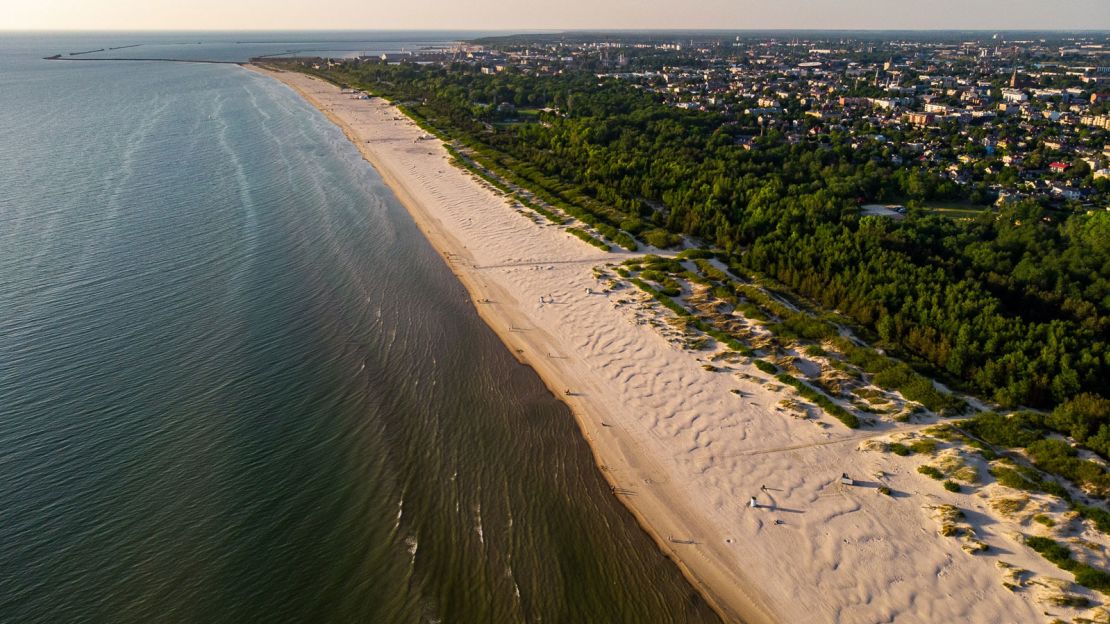
Part port, part resort town, Liepāja is one of the country’s most unique destinations. Set on the Baltic Sea, it holds a fascinating melange of architecture, along with many sparkling white sand beaches.
The more or less abandoned neighborhood of Karosta, a former military zone, holds several captivating examples of the area’s military heritage.
Its decaying bunkers and red brick manèges, once a part of the naval base built for Russian Tsar Alexander III at the turn of the 20th century, are a truly eerie sight today.
Liepāja has turned its dark history into an interactive spectacle with the Karosta Prison museum. Originally built as a hospital, it was used a military prison throughout the Nazi and Soviet regimes and many prisoners were executed in its grounds.
Today visitors can take part in role playing sessions including interrogations, or even stay overnight in one of the cells.
Karosta Prison, Invalīdu iela 4, Liepāja, LV-3402, Latvia; +37126369470
Cēsis
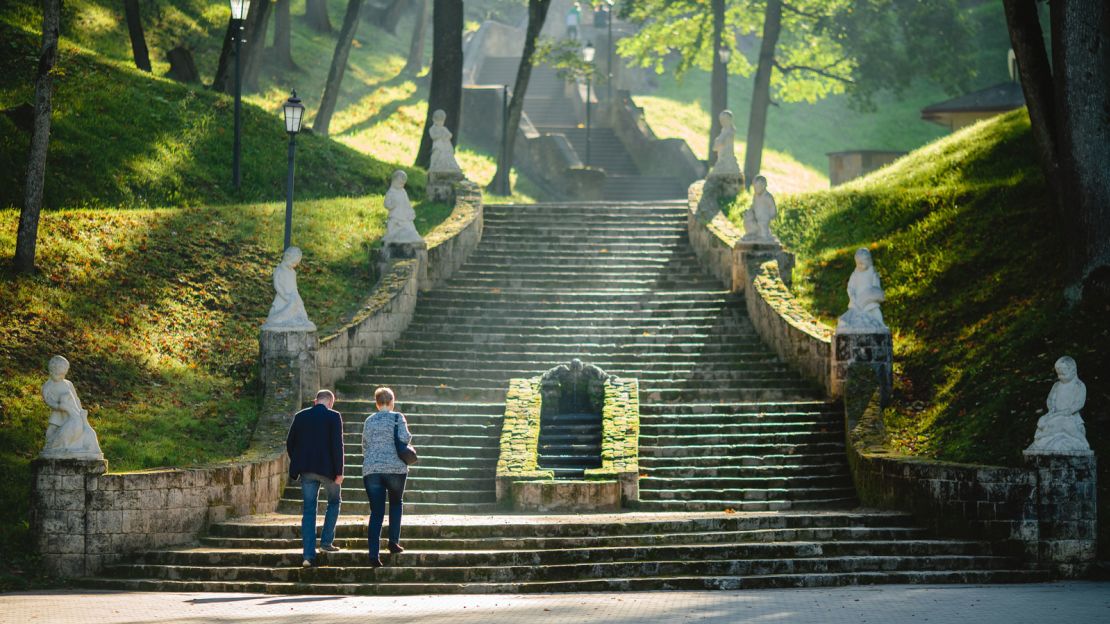
Cēsis seems like a rather sleepy, unassuming place at first glance, but there’s much more to this charming town than meets the eye.
The magnificent Cēsis Castle, built by the Livonian Brothers of the Sword in the 13th century, is its main attraction. One of the best ways to explore the romantic castle is by taking a candlelight tour of its dark dungeons and stairways.
Visitors can also take part in interactive workshops and medieval activities, such as archery.
Situated in the heart of Gauja National Park, Cēsis is a great base for those keen to investigate the famous sandstone cliffs.
The terracotta-colored Sarkanās Cliffs (or Red Cliffs) are a good place to start, before going up the river to see the impressive Ērgļu Cliffs.
Līču-Laņģu Cliff, which has around nine caves inside, is worth a visit, along with the picturesque Blacksmith’s Cave.
As for eateries, Vinetas un Allas Kārumlāde, a quaint spot known for its local cakes and cookies, is a great pick for dessert fans.
Vinetas un Allas kārumlāde, Rīgas iela 12, Cēsis, LV-4101, Latvia; +371 28 375 579
Ventspils
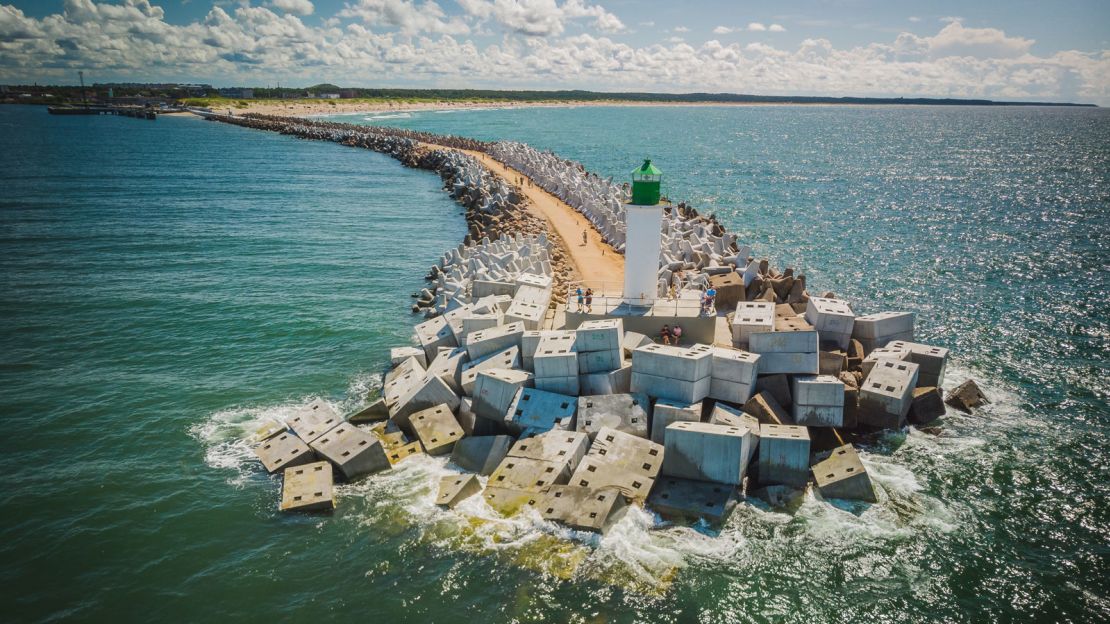
Once a city of the Hanseatic League, Ventspils is one of the most exciting seaside destinations in Latvia. Positioned in the northwestern part of the country, it was the leading port of the Duchy of Courland and Semigallia as well as a Soviet military base.
The numerous cow sculptures scattered around the city only add to its unique feel. They arrived back in 2002, when Ventspils hosted its annual CowParade for the first time.
Another highlight is the Seaside Open-Air Museum, arguably the most picturesque place in Ventspils, where visitors can take a ride in a narrow-gauge train.
The city beach is another stand out spot, as is the Ventspils International Radio Astronomy Centre, a former Soviet radio astronomy installation.
Based in the village of Irbene, it features two radio telescopes, a laboratory and several exhibitions.
Ventspils is ideal for those who enjoy long strolls along the sea. One of the best walks is from the South Pier to a rather lonely green and white lighthouse, with expansive Baltic sea vistas en route.
International Radio Astronomy Centre, Irbene, Ance parish, LV-3601, Latvia; +371 63 656 082
Daugavpils
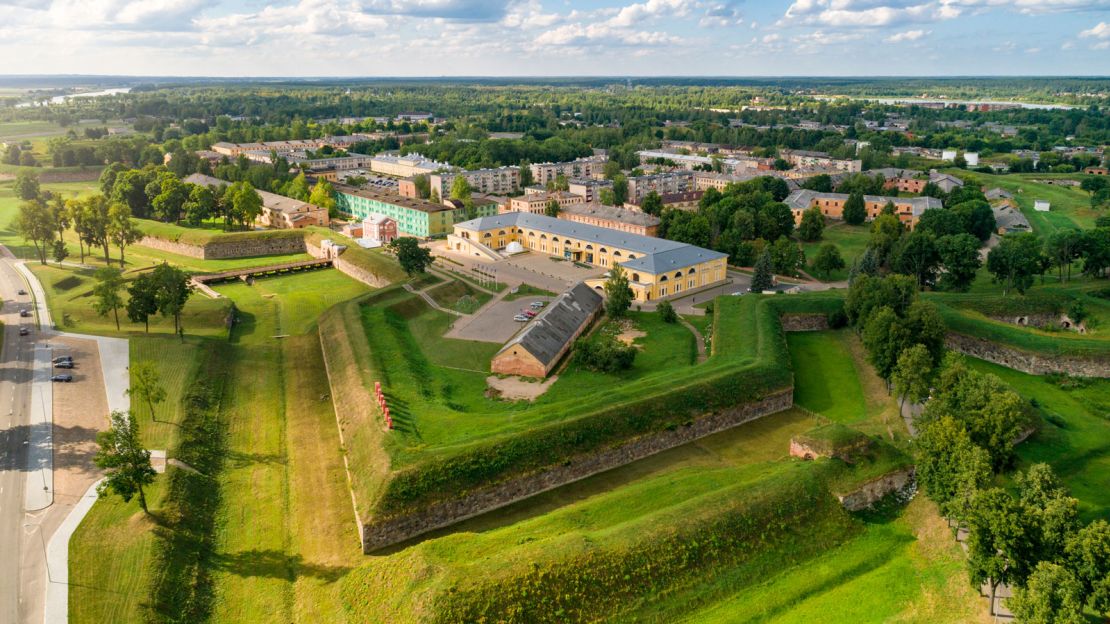
Although it’s the second largest city in Latvia, Daugavpils remains an underdog when it comes to both domestic and international tourism.
Located on the banks of the Daugava River, the city is best known for its imposing fortress.
Constructed at the start of the 19th century, the monument has survived the Napoleon invasion as well as both World War I and II, and remains almost entirely unchanged. The Daugavpils fortress is also the site of the Mark Rothko Art Centre, which lies inside its arsenal building.
This art and culture center features a fantastic exhibition about the world famous abstract expressionist.
Consisting of a mainly Russian-speaking population, the city is filled with impressive architecture, from tarnished art nouveau houses to Soviet residential buildings.
One of its most picturesque places is Church Hill, home to churches of all four of the main Latgale region denominations, Russian Orthodox, Old Believer, Roman Catholic and Lutheran.
Among the best restaurant options is Art Hub, providing inventive Latvian flavors in an elegant setting. The Josper-grilled steaks here are particularly delicious.
Art Hub, 54 Rīgas iela, Daugavpils, LV-5401, Latvia; +371 25 454 540
Cape Kolka
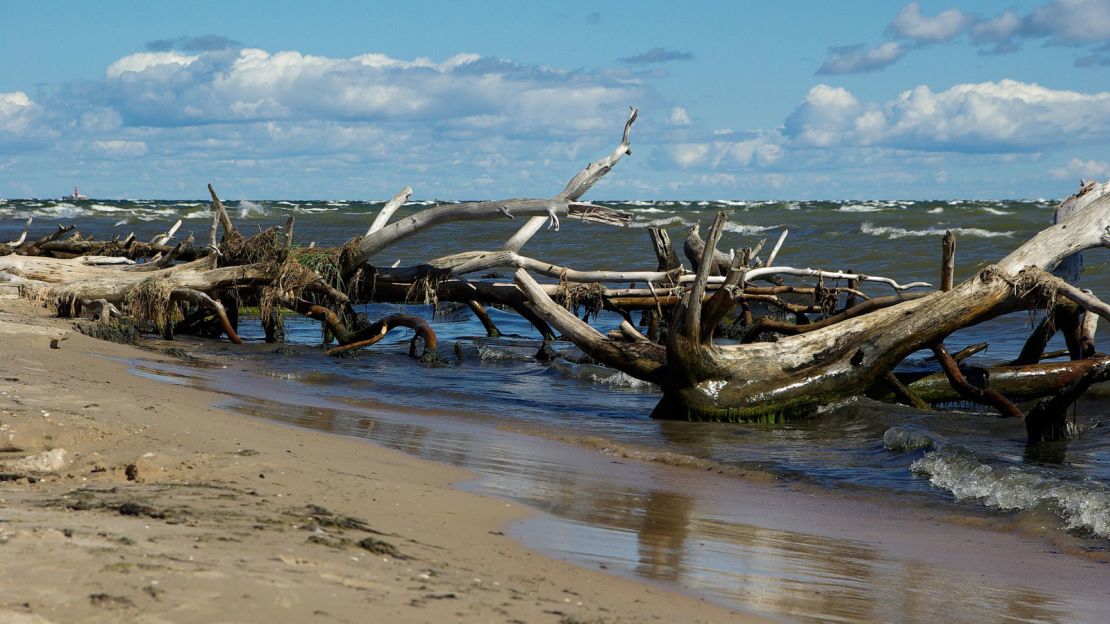
The largest jutted horn in Latvia, Cape Kolka lies where the swift Baltic sea meets the unhurried waves of the Riga Gulf. Formerly a Soviet military base closed to the public, it’s now a remote destination with a dramatic coastal landscape.
For the best views, visitors can climb to the top of the wooden bird watching tower near Lake Kaņieris.
Travelers have the option to spend the night in a barrel at Saules mājas, which offers barrel-shaped wooden cabins with a sea view. The unusual accommodation is a fantastic spot to watch sunrises and sunsets as well as the stars.
This area is also home to the Livonians, a small Finnic ethnic group indigenous to northern Latvia and southwestern Estonia, with a language that’s teetering on the edge of extinction
Saules mājas, Kolkas rags, Kolka, Kolkas pagasts, LV-3275, Latvia; +371 28 368 830
Rundāle Palace

Latvia’s answer to Versailles, Rundāle Palace is one of the most beautiful palaces in the world.
Designed by Bartolomeo Rastrelli, the Italian architect responsible for the Winter Palace in St. Petersburg, it has all the elegance of the latter, just on a more compact scale.
With 138 rooms and a garden covering around 10 hectares, Rundāle is a beautiful example of Baroque and Rococo architecture. The palace, which occasionally hosts classical music concerts, also has an on site museum with various exhibits detailing its history.
It’s situated around 12 kilometers west of Bauska, a cozy town in the Zemgale region of southern Latvia that has a colorful central square and a romantic riverside Renaissance castle.
For those keen to take the aristocratic experience a little further, Mazmežotnes muiža, a boutique hotel established in a historic manor estate offers pastel-toned rooms, along with a restaurant and plenty of bucolic adventures.
Mazmežotnes muiža, Mazmežotne, Rundāles pag., LV-3921, Latvia; +371 25 772 269
Aglona Basilica
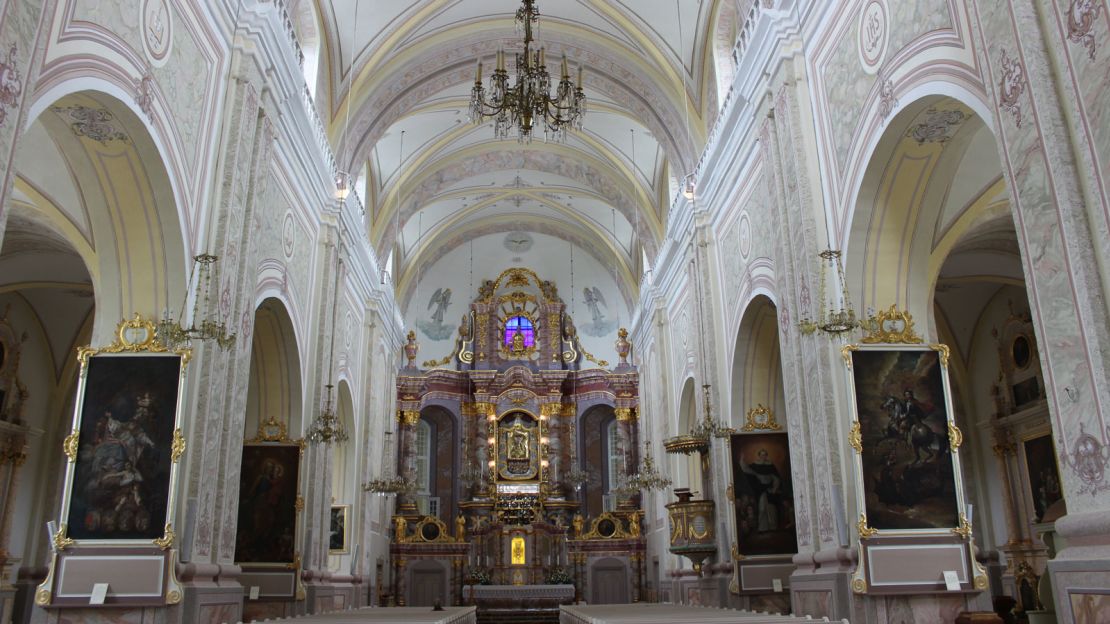
Recognized by the Holy See as an international shrine, Aglona Basilica is one of the most important and visited religious landmarks of Latvia.
Based in the small town of Aglona, the Roman Catholic shrine serves as an outstanding example of late Baroque architecture. Inside, the basilica has a beautiful interior dominated by its spectacular altar.
But the centerpiece is the Aglona Mother of God, a historic icon that’s believed to have miraculous healing powers. While the Basilica is what Aglona is most famous for, the town also has two noteworthy museums.
The Bread Museum, the only one of its kind in Latvia, and a small, but well-kept World War II museum showcasing the ammunition, clothes and personal items of the period.
Aglona Bread Museum, Daugavpils iela 7, Aglona, Aglonas pagasts, LV-5304, Latvia; +371 29 287 044
Aglona World War II Museum, Daugavpils iela 40, Aglona, Aglonas pagasts, LV-5304, Latvia; +371 22 484 848
Pavlo Fedykovych is a freelance travel journalist and blogger. He has written for Lonely Planet, The Independent Travel, The Guardian Travel, BBC Travel. He tweets at @de_weg_
When you use affiliate links on this page, CNN may receive revenue. CNN is not responsible for the goods or services provided through such links.





















